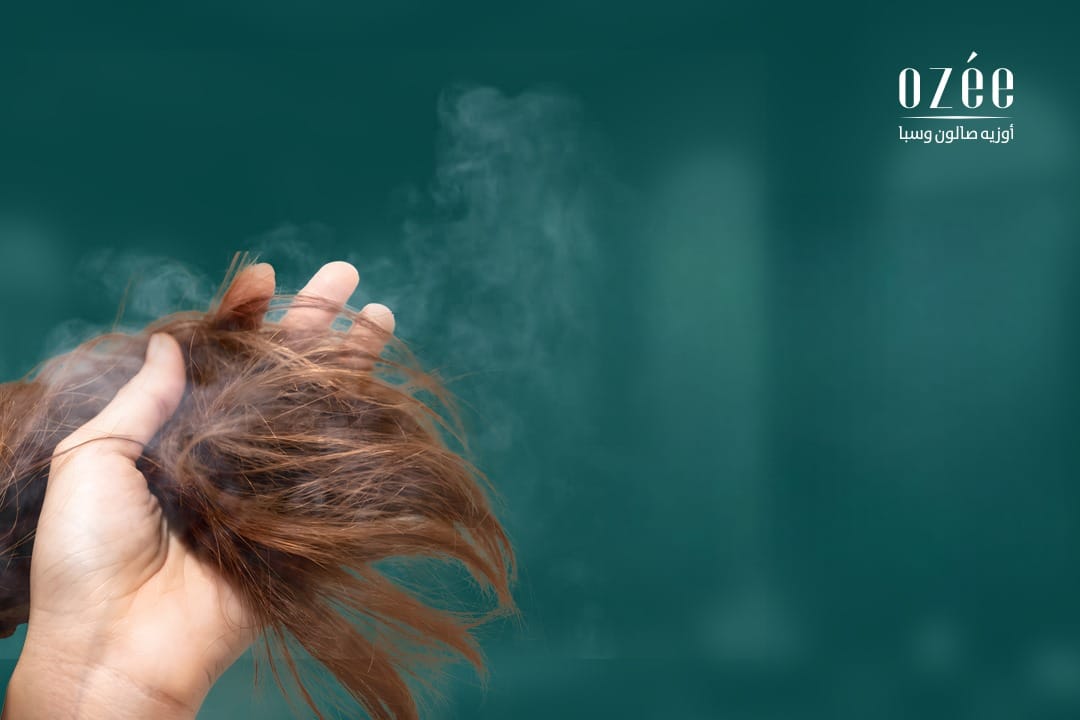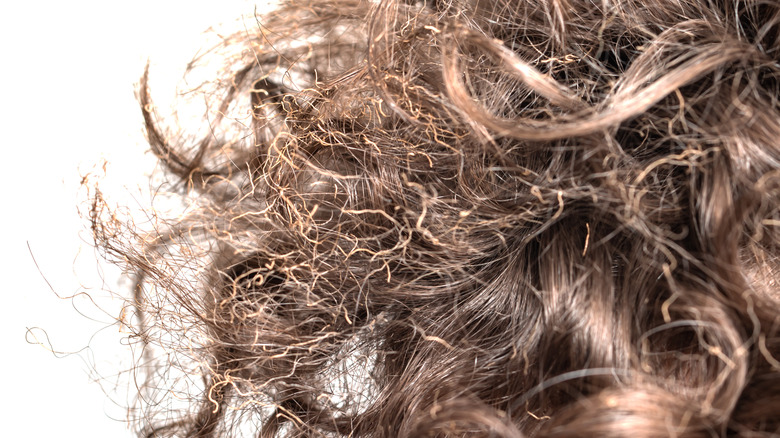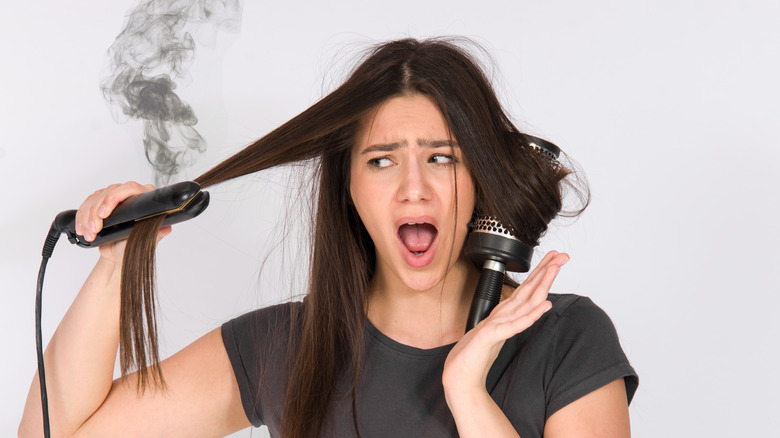“Discover essential steps to take if your hair catches fire. Learn from expert stylists on how to handle hair burns, prevent further damage, and ensure proper care and safety.”
Introduction
Accidents involving hair fires or burns can be distressing, but knowing the correct response can help minimize damage and ensure safety. This comprehensive guide offers expert advice on managing hair burns, from immediate actions to long-term recovery, providing essential information for handling such emergencies effectively.
Understanding Hair Burns
- What Causes Hair Burns?
Hair burns occur when hair comes into direct contact with flames, hot surfaces, or objects. Understanding the causes helps in preventing these accidents and managing them better when they occur. - Types of Hair Burns
Hair burns can range from minor singeing to severe injuries affecting the scalp and surrounding areas. Recognizing the severity of the burn is crucial for appropriate treatment.

Immediate Actions to Take
- Extinguish the Flame
- Stop, Drop, and Roll: If your hair catches fire, immediately stop what you’re doing, drop to the ground, and roll to extinguish the flames. If rolling is not possible, use a wet cloth to cover the area and smother the fire.
- Emergency Assistance: Call for emergency services if the burn is severe. For less severe burns, you can start treatment at home but keep a close watch on the condition.
- Cool the Burn
- Lukewarm Water: Cool the affected area with lukewarm water for at least 10-15 minutes to reduce pain and prevent further damage. Avoid using ice or very cold water as it can worsen the injury.
First Aid and Initial Care
- Clean the Area
- Gentle Cleaning: Clean the burn area with mild soap and water. Avoid using harsh chemicals or scrubbing, which can irritate the burn further.
- Apply Burn Cream
- Soothing Ointments: Apply a burn ointment or aloe vera gel to soothe the skin and promote healing. Avoid using butter or oils as they can trap heat and increase the risk of infection.
- Cover the Burn
- Sterile Bandages: Use a sterile, non-stick bandage to cover the burn. This helps protect the area from infection and further irritation.
- Pain Relief
- Over-the-Counter Medications: Use pain relievers like ibuprofen or acetaminophen to manage pain and reduce inflammation.

Long-Term Hair Care and Recovery
- Monitor for Infection
- Signs of Infection: Watch for signs such as increased redness, swelling, or pus. If these symptoms occur, seek medical advice promptly.
- Avoid Heat Treatments
- Refrain from Heat: Do not use heat styling tools or expose the area to direct heat until it has fully healed to prevent further damage.
- Consult a Specialist
- Advanced Care: For severe burns or extensive injuries, consult a dermatologist or specialist for advanced treatment options and care.
Preventing Future Hair Fires
- Practice Fire Safety
- Safety Precautions: Exercise caution around open flames and hot surfaces. Use protective measures like heat-resistant gloves or barriers.
- Educate Yourself
- Understand Risks: Be aware of the risks associated with hair products and treatments involving heat. Follow safety guidelines provided by stylists.
- Regular Hair Checks
- Inspect Hair and Scalp: Regularly check your hair and scalp for signs of damage or dryness that could make them more susceptible to burns.
Conclusion
Proper handling of a hair burn is crucial for minimizing damage and ensuring effective recovery. By following these expert tips and practicing fire safety, you can protect yourself from potential hair emergencies and maintain healthy hair. Always seek professional medical advice when needed to ensure the best care for your hair and scalp.
